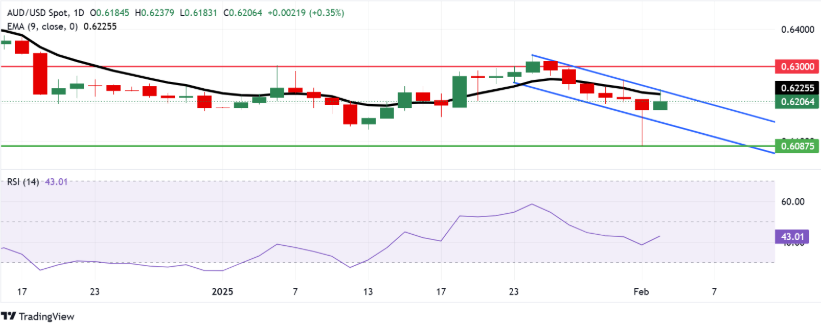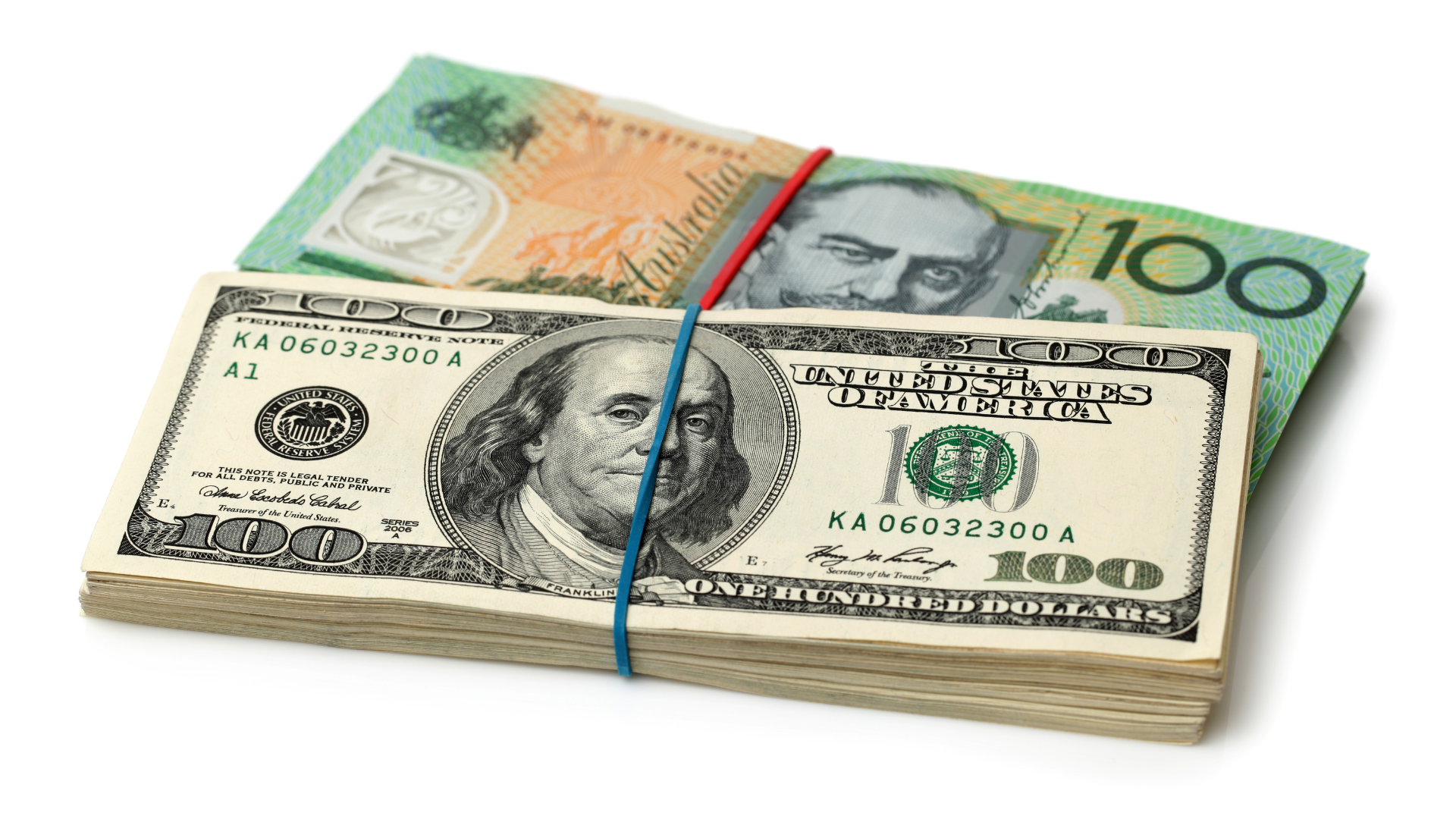The Australian Dollar remained steady in recent trading sessions, but its resilience may be tested as concerns over impending China tariffs weigh on market sentiment. Investors are closely monitoring the situation, given Australia’s heavy reliance on trade with China, its largest export partner.
While the currency has managed to hold its ground, the potential for downside remains significant. The threat of new tariffs on Chinese goods could disrupt global supply chains, dampen commodity demand, and indirectly impact Australia’s export-driven economy. This scenario poses risks for the Australian Dollar, particularly if trade tensions escalate further.

Adding to the pressure are fluctuating commodity prices, especially in key Australian exports like iron ore and coal, which are sensitive to shifts in Chinese demand. Any slowdown in China’s industrial activity could trigger a decline in these commodity prices, exerting additional strain on the Australian Dollar.
Despite these headwinds, some analysts argue that strong domestic fundamentals, including stable employment figures and robust retail sales, could provide a cushion. However, the broader global economic climate and Australia’s exposure to external shocks remain critical factors that could sway the currency’s trajectory.
Financial markets are now focused on upcoming trade negotiations and economic data releases from both Australia and China. Any signs of deteriorating trade relations or weaker Chinese growth could spark renewed volatility, leaving the Australian Dollar vulnerable to sharper declines. Investors are advised to remain cautious, as the currency’s current stability may prove temporary in the face of mounting global risks.
4o













